RESURRECTING
DAVID GOODIS
THE POET OF THE LOSERS

When viewing You Tube, make sure you click the mute button on the left menu under site map.
Direct evidence on the secret life of David Goodis from Paul Wendkos and Alan Norkin and told to Philippe Garnier.
Philippe Garnier speaks about Goodis in French.
Ed Holub: Retracing the Footsteps of David Goodis, America's Great Lost Noir Writer

“After a while it gets so bad that you want to stop the whole business. You figure that there’s no use in trying to fight back. Things are set dead against you and the sooner you give up the better. It’s like a mile run. You’re back there in seventh place and there isn’t a chance in the world. The feet are burning, the lungs are bursting, and all you want to do is fall down and take a rest.”
----First paragraph of David Goodis’ first novel Retreat from Oblivion (1939). 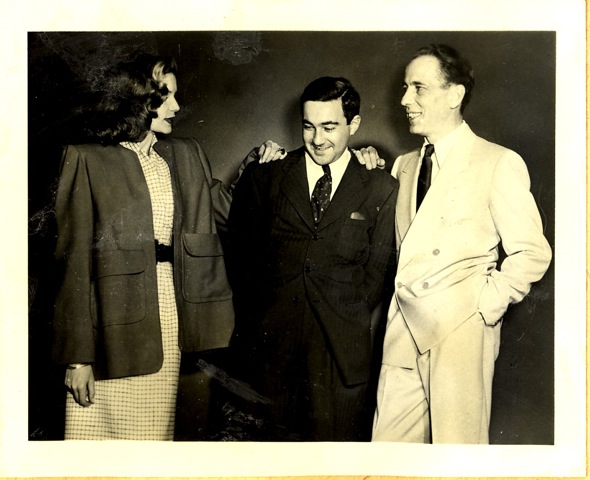
David Goodis surrounded by Lauren Bacall and Humphrey Bogart. Notice the lines of B&B;'s clothing and Bogart's real hairline. Photo courtesy of April Feld Sandor.
So began the writing career of David Goodis. Typical Goodis. A statement of frustration, introducing a tale of gloom, depression and despair. Noir at its blackest.
David Goodis was Philadelphia’s noir prince. After graduating from Temple University in 1938, Goodis moved to New York where he wrote advertising copy, radio scripts and thousands of words for pulp magazines. In the mid-1940’s he was in Hollywood as a screenwriter. He crashed and returned to his parents’ home in Philadelphia, where he churned out novels and short stories, depicting the bleakness and darkness of lives in free fall.
Who was David Goodis and why did he write as he did?
 Andrew Kevorkian, friend of David Goodis, dies at 90. Click to photo tribute by Lou Boxer. For more information click to Funeral and Beyond.
Andrew Kevorkian, friend of David Goodis, dies at 90. Click to photo tribute by Lou Boxer. For more information click to Funeral and Beyond.
Jay Gertzman: "Incest and Its Shadows: David Goodis' "Of Tender Sin"
New scholarly article by Jay Gertzman.
Counterfactual on the Lost Works of David Goodis
Watch Tirez le pianist (Shoot the Piano Player) by Francois Truffaut in French with Spanish subtitles from the Internet Archive
Duane Swierczynski honors Goodis as his inspiration. Peter Rozovsky interviews Swiercynski on his new graphic novel The Black Hood.
Jay Gertzman on Dark Journeys
Stuart Mitchner: On the Streets of Philadelphia — Discovering the Noir Universe of David Goodis
Goodis in Spain
Jordi Canal (canalaj@gmail.com http://bobila.blogspot.com.es) of BIBLIOTECA LA BOBILA provides the following links
http://cartelleranoir.blogspot.com.es/2014/07/david-goodis-al-cinema.html
https://es.scribd.com/doc/86674838/L-H-Confidencial-65-Els-personatges-de-David-Goodis
http://bobila.blogspot.com.es/search/?q=Goodis
Pulp According to David Goodis
GOODIS LOVED NEDICK'S
We know Goodis was obsessed, apparently, with the down-scale. His solitary trips to the "slum" areas at night, especially bars, are almost as legendary as his motives were unclear, despite the evidence of his sexual needs. But he loved teasing middle class friends with his exchanges of the fancy for the common. Garnier tells of how he celebrated his payment ($25,000) for the Saturday Evening Post serialization of Dark Passage. He took his buddy Monroe Schwartz to a fancy NYC restaurant, When the entree arrived, he placed it on the floor. Then he and Monroe went to a Nedick's stand for a hot dog and orange juice. "That was a night on the town with Dave."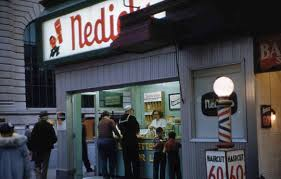
Click to Jay Gertzman's Facebook site for more profiles on David Goodis
 Goodis in Finland
Goodis in Finland 

"Shoot the Piano Player" also called "Down There" translated into Finnish as "Melody of Murder."
Goodis Fever has reached the Arctic Circle. Finnish crime writer and Goodishead Tapani Bagge is writing an article on David Goodis, the Garnier book and the Withers documentary for Ruumiin kultuuri, the magazine of the Finnish Whodunnit Society.
Shooting Pool with David Goodis
Superior Billiards
Elaine Astor, the Mysterious Mrs. Goodis
Behold This Woman
Goodis on Goodis
The Uncertain Death of David Goodis
Funeral and Beyond
Obituary
Library of America's Goodis Anthology
Fantasy World of David Goodis
Where Goodis Wrote: House on North 11th Street
The Mystery and Legend of David Goodis
The Soul of David Goodis
Goodis in Hollywood
Bill Sherman's Tribute from 1968
Research Goodistyle
The Fugitive
The Lost Works
David Goodis in Film
Dark Passage
Cassidy's Girl
The Night Editor
The Bad and the Beautiful
Goodis on You Tube
Lou Boxer's Photos
Mike Dennis on Cassidy's Girl
The Burglar Revisited
Brian Greene Reviews Larry Withers' Film "To A Pulp"
Truffaut and Goodis
2009 Memorial
2010 Memorial
2011 Memorial
2014 CAR-a-van from Hell
Jawntes: A Local Writer and His Roots
A Tragic Tale of Movie Making
Mike Dennis on The Blonde on the Street Corner
Cullen Gallagher on Critical Perspectives
Cullen Gallagher on Fire in the Flesh
Cullen Gallagher on Of Missing Persons
Selections From the Best of Goodis
NoirCON
The Last Letter (?)
Charlotte Halpern Remembers David Goodis
GoodisCON
The Temple Archives
2007 Memorial
Philadelphia City Council Honors Goodis
Frank Ford and Mortimer Gurmshire
Jay Gertzman on Goodis
Herb Gross Remembers David Goodis
Gary Lovisi: "He Lived It As Well"
Brian Kellman: "Working Title"
Robert Polito: "Words & Words"
David Schmid: "What David Goodis Means to Me"
Selma Burke, Girlfriend of David Goodis
Louis Boxer: "Finding David Goodis"
Len Cobrin: Goodis, "One of the Funniest People to Ever Have Lived"
Ken Bruen: "For the Love of Goodis"
Seymour Shubin: "I Met David Goodis Twice"
Keith O'Neill: "He, You, I: Shifting Points-of-View in Down There"
Alexander Anichkin: "WS Maugham and David Goodis"
Mike Nevins: "Boucher on Goodis"
Christopher Forth: "David Goodis: A Certain Kind of Amputation"
Bill Sherman: ". . . A Myth Grew Around Him"
Clark Howard: "I Never Met David Goodis. . . ."
Anthony Neil Smith: A "Literary Life Out in the Cold"
Michael Gabriel: "Tender Sin"
Woody Haut: "Some David Goodis Moments"
Tony Williams: "Two or Three Things I Know About David Goodis"
The Final Destruction of Goodisville
Jay Gertzman: "A Segment of Moribund Goodisville"
Brian Greene on The Blonde on the Street Corner
Max Goldberg: "No Exit"
Joe Chauncy: David Goodis on the Black Dahlia Murder
Philadelphia Weekly: Stranger than Fiction--Philadelphia Noir (David Goodis)
Links and Free EBooks
Site Map

"Every character [of a Goodis] book is suffering profoundly. The main character can do nothing about it," said Geoffrey O'Brien, Editor-in-Chief of Library of America. "The 1950's drove Goodis to such relentless self-analysis."
Robert Polito, Goodis scholar and editor, and Geoffrey O'Brien, editor-in-chief of Library of America, present Goodis anthology at 2012 Philadelphia Book Festival. 
Library of America has released Goodis, Five Noir Novels of the 1940s and 1950s edited by Robert Polito, director of Writing Programs at The New School.
This volume contains five Goodis classics: Dark Passage, Nightfall, The Moon in the Gutter, The Burglar and The Street of No Return. Tour the noir geography of David Goodis as he writes about San Francisco, Manhattan, the American West, Philadelphia's docks, working class Philadelphia, working class Atlantic City and Philadelphia's tenderloin.
The volume is a study in Goodis' deepening inner torment.Dark Passage and Nightfall were written before Goodis returned to Philadelphia after an unhappy stint as a Hollywood writer and a failed marriage. The Moon in the Gutter, The Burglar and The Street of No Return were written in a second floor bedroom in Goodis' parents' home on North 11th Street. These three Philadelphia novels are progressively gloomy. The characters are progressively hopeless. As Goodis advances in his career, his books address deeper and deeper psychological themes.
Polito includes a detailed chronology of Goodis' life, from his parents' occupations and residences, through Goodis' education, his publications, his disastrous marriage, his hushed romance, his brilliant descent into paperbacks, and his demise. Polito provides notes explaining the contemporary cultural references in the five novels.
I won't tell you about the plots. Get the book.
On April 19, 2012 Goodisheads gathered at the Free Library of Philadelphia to celebrate the release of the Goodis anthology. Editor Robert Polito proclaimed, "It's great to be in Goodisville or Goodis Country. How similar things are as when Goodis wrote his novels and how different they are." NoirCON founder Louis Boxer discussed the life of David Goodis. Robert Polito and Geoffrey O'Brien read from Goodis novels. They completed the evening with a panel discussion.
Click for coverage

Goodis film probes 'dark tendencies' and hidden lives
Brian Greene interviews
Larry Withers on "To A Pulp."
Brian Greene is a freelance writer from North Carolina. He writes regularly for Shindig! music magazine from
the UK, and he is working on a biography of the late British crime writer/cult figure, Ted Lewis.



Design by Michael Gabriel

In September 1966, David Goodis' mother died. Harold Silver sent David Goodis a basket of fruit. David Goodis sent the following note to Harold Silver. (Photos by Louis Boxer) 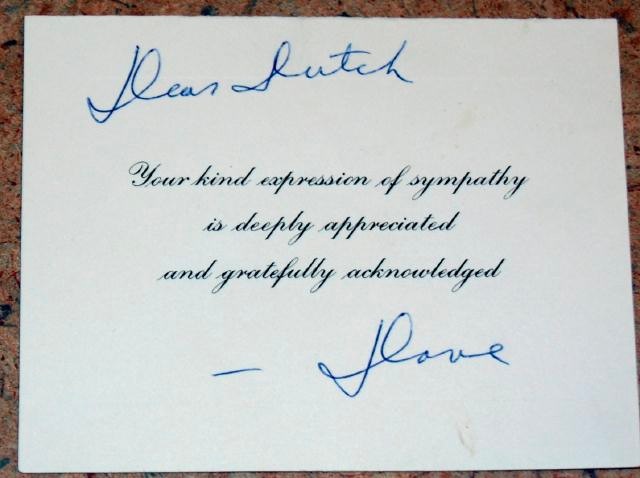


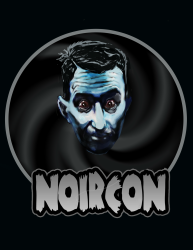
NoirCON 2014
October 30 to November 2
Philadelphia

"Franchement, il est très difficile d'imaginer le printemps à Philadelphie."
----Philippe Garnier, Goodis biographer
In the early 1980's, Goodis' biographer, Philippe Garnier, traced the scenes of Goodis' Philadelphia stories. His conclusion: "I find it very difficult to image springtime in Philadelphia." Philippe Garnier, Goodis, vie en noir et blanc, Editions due Seuil, 1984. Video on Philippe Garnier. Woody Haup's review of new translation of Garnier book. LARB review of new translation.




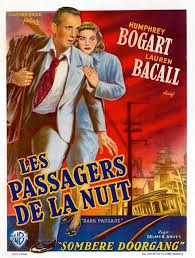



Email me: aaron@themightyzed.com


